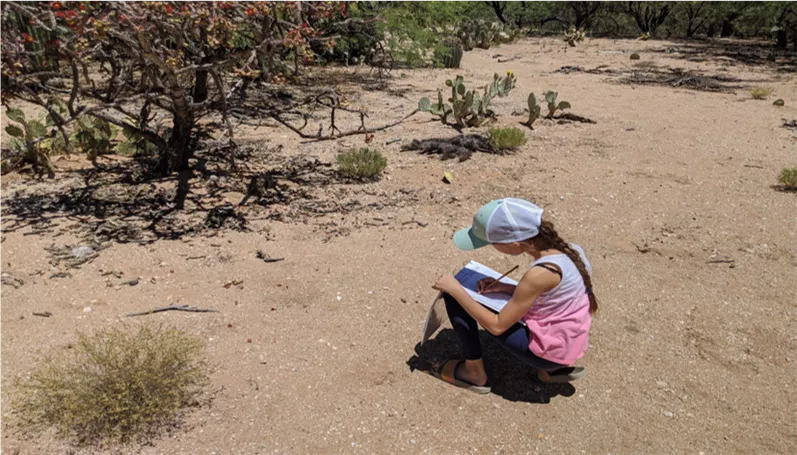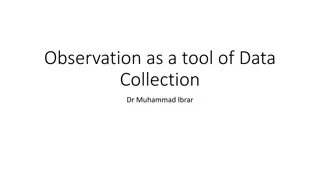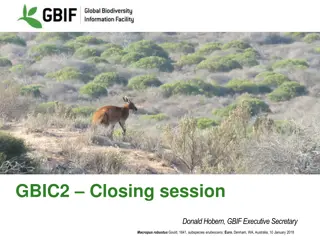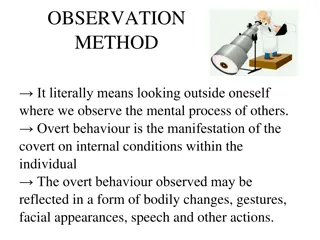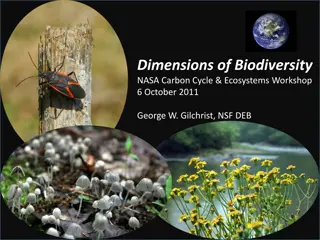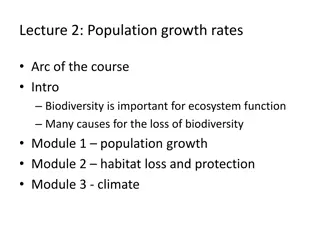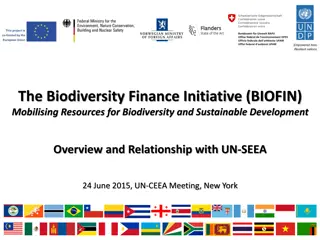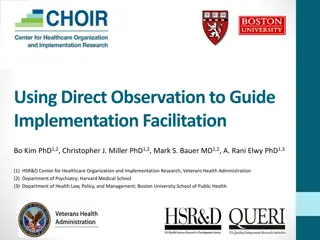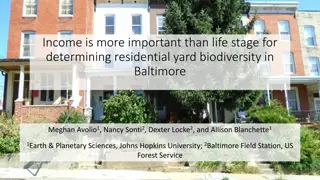Understanding Biodiversity Through Observation
Exploring biodiversity through plant and animal observations in different habitats, revealing the importance of species diversity. Positive correlations found between plant diversity and animal presence, with notable exceptions like birds. Detailed results shed light on ecosystem dynamics.
Download Presentation

Please find below an Image/Link to download the presentation.
The content on the website is provided AS IS for your information and personal use only. It may not be sold, licensed, or shared on other websites without obtaining consent from the author. Download presentation by click this link. If you encounter any issues during the download, it is possible that the publisher has removed the file from their server.
E N D
Presentation Transcript
Nature Watchers Biodiversity Noemi
What Is Biodiversity? Biodiversity is short for biological diversity. It means the variety of animals,plants,fungi,and bacteria in a habitat or ecosystem. The more biodiversity the healthier the ecosystem. Why is biodiversity so important? - Kim Preshoff View full lesson: http://ed.ted.com/lessons/why-is-biodiversity-so-important-kim-preshoff Our planet s diverse, thriving ecosystems may seem like permanent fixtures, but they re actually vulnerable to collapse. Jungles can become deserts, and reefs can become lifeless rocks. What makes one ecosystem strong and another weak in the face of change? Kim Preshoff details why the answer, to a large extent, is biodiversity. Lesson by Kim Preshoff, animation by TED-Ed.
What We Did Over a series of 3 days,we observed 3 1x1 meter squares and recorded data about the plants and animals we saw. 5 observers posted their results.
The Plants We Observed 378 total plants observed 63 in urban, landscaped location 18 in rural, natural location 324 in suburban, natural/desert location The plants that were observed the most are butternut squash,prickly pear, saguaro cactus,and fleabane.
The Animals We Observed 284 total animals observed 40 in urban, landscaped location 62 in rural, natural location 146 in suburban, natural/desert location The animals we observed the most are bees, butterflies, and javelina.
Results 1. A higher number of plants did not correlate with a higher number of animals. In fact there were fewer animals with the higher number of plants.
Results 2. There was a positive correlation between a diversity of plants and animals. The more different kinds of plant species the more different types of animals observed.
Results 3. There was a positive correlation between the diversity of plants and lizards, insects, and mammals. However, not for birds.
Results Possible reasons for the bird results: the location with most plant diversity was in the urban area and most birds were observed in the rural and suburban areas.
Conclusion Diversity is important in an ecosystem. Our observations showed that number of individuals in an area is not as important as having a number of different species. The more different kinds of plants the more different types of animals there will be a vice versa. A follow up to this study I would like to do is to repeat the same study, but only observe birds. I would like to know more about why the birds didn t follow the same trend as insects, lizards and mammals.








